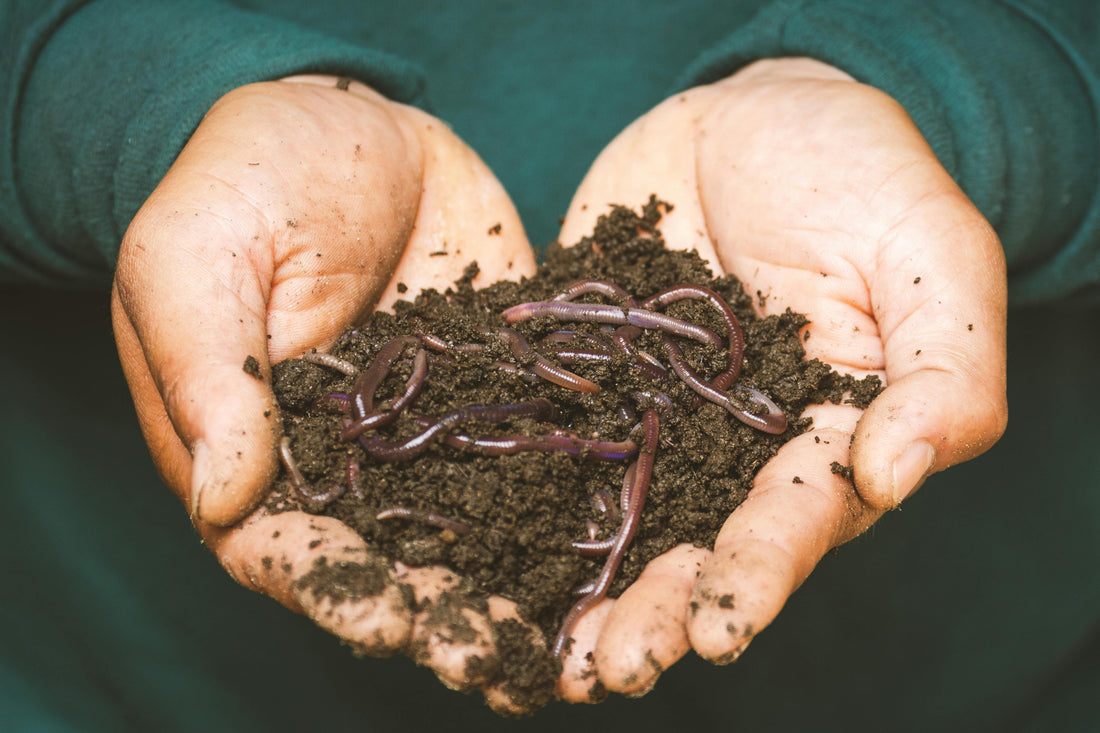Why Coffee Grounds Are Good for Compost
Coffee grounds are an excellent addition to compost because they are rich in nitrogen, one of the key nutrients plants need for healthy growth. Composting is all about balancing "greens" (nitrogen-rich materials) and "browns" (carbon-rich materials). Coffee grounds fall under the "green" category due to their high nitrogen content, making them a valuable contributor to the composting process.
But that’s not all. Here are a few more reasons to add coffee grounds to your compost:
1. **Boosts Microbial Activity**: Coffee grounds contain a variety of minerals and nutrients, including potassium, phosphorus, and magnesium. When added to compost, they help feed the microorganisms that break down organic matter, speeding up the composting process.
2. **Improves Soil Structure**: Once composted, coffee grounds can improve soil texture by adding structure to heavier soils or improving drainage in clay-heavy soil. The grounds help to create air pockets in the soil, allowing for better root penetration and water flow.
3. **Natural Pest Repellent**: Some gardeners believe that the acidity of coffee grounds helps to deter pests such as slugs and snails. While research on this is mixed, many gardeners swear by it as a natural repellent.
4. **Adds Organic Matter**: Coffee grounds are a valuable source of organic matter that enriches your compost. As they break down, they help to improve the overall nutrient content of your finished compost, benefiting your plants in the long run.
How to Add Coffee Grounds to Your Compost
If you’re new to composting, you might wonder how to use coffee grounds in the most effective way. Here are a few tips for getting the best results:
1. **Mix with Other Materials**
While coffee grounds are a fantastic nitrogen source, they can be a bit too acidic if used in large quantities. It’s important to balance them with carbon-rich materials, such as dry leaves, straw, or shredded newspaper. This ensures that your compost pile has the right carbon-to-nitrogen ratio (typically 25-30 parts carbon to 1 part nitrogen) for optimal decomposition.
2. **Use the Grounds as a Layer**
You don’t need to mix the coffee grounds directly into the pile every time. Instead, you can sprinkle them on top of your compost pile as a layer. Just be sure to alternate them with other materials to keep the pile aerated and balanced.
3. **Avoid Too Much at Once**
A little goes a long way when it comes to coffee grounds. Too many coffee grounds in your compost pile can make the mixture too dense and potentially slow down the composting process. Aim for no more than 10-15% of your compost pile’s total volume to consist of coffee grounds.
4. **Let the Grounds Dry Out**
If you’re using fresh coffee grounds, consider spreading them out on a tarp or newspaper to let them dry before adding them to your compost. This can help prevent the grounds from clumping together and forming a thick, compact layer that’s difficult to break down.
5. **Add Coffee Filters**
If you’re using paper coffee filters, don’t throw them away! They are compostable as well. Just tear them into small pieces and add them to your compost pile. Filters are high in carbon and will complement the nitrogen-rich coffee grounds.
Other Ways to Use Coffee Grounds in the Garden
In addition to adding them to your compost, there are other ways you can use coffee grounds directly in your garden:
**Fertilizer for Acid-Loving Plants**: If you have acid-loving plants like azaleas, blueberries, or roses, you can sprinkle used coffee grounds directly around their base. The slight acidity of the grounds helps to lower the soil pH, providing an extra boost for these plants.
**Mulch**: Coffee grounds can be used as mulch to help retain moisture in the soil and keep weeds at bay. Just be sure to mix the grounds with other materials like leaves or grass clippings to prevent them from forming a dense, water-resistant layer.
**Worm Food**: Worms love coffee grounds! If you have a worm bin, adding grounds can help boost the worm population and speed up decomposition. Just be mindful not to add too much, as too many acidic grounds can be harmful to worms.
**Repel Pests**: If you're dealing with ants, snails, or slugs, sprinkle coffee grounds around your garden beds or plants. The rough texture and slight acidity can discourage these pests from invading.
A Word of Caution
While coffee grounds are a great addition to compost, there are a few things to keep in mind. First, don’t rely solely on coffee grounds as a compost ingredient. They should be part of a diverse mix of compost materials to ensure balanced decomposition.
Also, be cautious about adding too many coffee grounds in one go, as they can create clumps that are slow to break down. If you’re using coffee grounds from a large number of cups, be sure to mix them thoroughly with other materials to keep your compost pile healthy and active.
Lastly, avoid using flavored coffee grounds (like those with added sugars or syrups), as these can attract unwanted pests or lead to problems in your compost pile.
Incorporating coffee grounds into your compost is a simple, effective way to recycle waste, enrich your soil, and boost your garden’s health. By adding a healthy balance of nitrogen-rich coffee grounds to your compost pile — along with the right mix of carbon-based materials — you’ll help create a nutrient-dense compost that will support your plants for seasons to come.
So next time you brew a pot of coffee, remember that your used coffee grounds have a second life waiting in your compost bin — and your garden will thank you for it!

